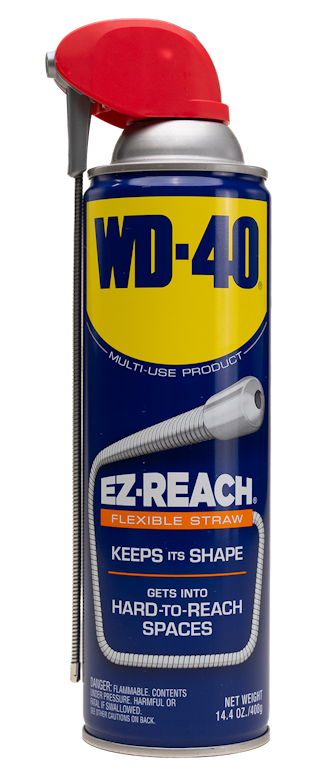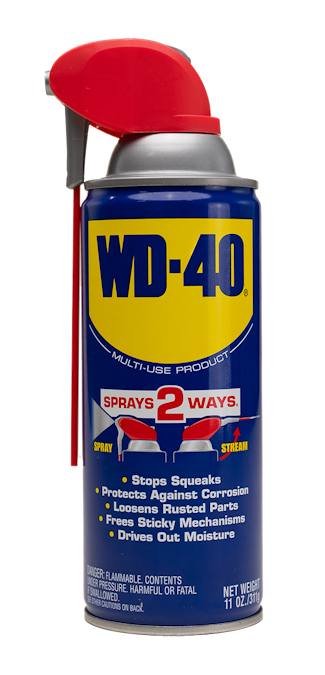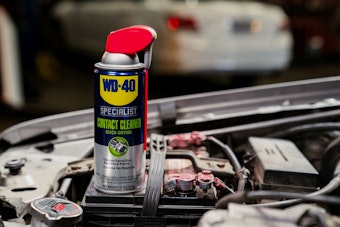What to Know about Home Solar
What to Know about Home Solar
<< BackThe rising popularity of solar panels powering electricity in the home should come as no surprise. Improving technology, increasing utility bills, and efforts to slow the climate crisis have led many to harness the sun’s rays to generate electricity. Is it right for your home? The subject is still up for debate, and it’s time to get informed. Start your photovoltaic journey the right way by learning more about this fast-growing sector of industry.
Where to Begin
The concept of solar power isn’t new – in fact, it’s quite old. Archaeological records give evidence of humans using the power of the sun to start fires with glass as early as the 7th century B.C.E. The bathhouses of the Greeks and Romans sometimes held “sun rooms” that used this same principle to heat south-facing rooms using thick glass windows. Archimedes is even rumored to have set fire to Roman ships while using a giant magnifying glass from a tower in defense of the coasts of Sicily. Technology and invention has followed the sun for centuries, but the modern photovoltaic power systems we use today draw their spark from the 1954 silicon power cells developed at Bell Labs. That’s one year after the creation of the WD-40® Multi-Use Product formula in 1953!
Why Go Solar?
The pros and cons of going solar form a debate every homeowner should consider. On the one hand, solar panels are expensive and you might not want to commit the cash if you don’t own the home. They also don’t work for every kind of roof, and the location of the house matters a lot for effectiveness of power generation. On the other hand, there are many practical, financial, and ideological reasons to make the transition to solar power – for example, the rising costs of utility bills makes it easier to recoup the price of investment. In addition to lowering or eliminating your electric bill each month, solar installation increases the value of your home. You can make your home more resilient by going “off grid” and generating your own power, and at the same time reduce your carbon footprint and do your part for the planet.
Five Steps to Solar
Once you’ve decided to begin due diligence procedures while investigating home solar, there are five steps to consider:
- Determine your potential capture
We know that solar power needs sunlight, but even cloudy skies can product 25% of the capacity of full-sun hours. Check the tilt of your roof, the hours when your roof has full exposure, and note any blockages from trees, buildings, and other things that may inhibit energy generation. You can also use the Project Sunroof tool from Google to check your home’s potential.
- Determine the number of required panels
It’s good to do a rough estimate of your energy requirements before getting quotes from solar installers so you’ll be better informed to discuss and negotiate. An “average” home may use 20 to 30 solar panels to cover all its electricity needs, but many factors go into this issue. Number of panels will also impact the cost of installation.
- Ask for quotes
After a bit of homework, it’s time to seek counsel from the pros. Solar installation is a business, so expect people to be motivated to get you to buy what they’re selling…still, you’ll want to obtain a few different quotes on a home power system installation to get a ballpark of the cost and to know your options. Some solar consultations are for individual companies, while others can represent numerous businesses and offer counsel on what might work best for your home. The more information, the better.
- Purchasing options
While there are many ways to skin the photovoltaic cat, three primary purchase options are most common: buying the system outright, solar loans, and leasing through a company (PPA - power purchase agreement). If you can front the cash, purchasing the systems on your own will save you the most money over the lifetime of the panels (25-30 years) and offer the best return on investment. Loans and PPAs will have different specs to consider, and you’ll also want to look into federal tax rebates and local (county, state) incentives that may be offered in your area.
- Installation
Once you obtain a quote to your liking and choose a company to do the installation, the rest isn’t too complicated. Actual installation takes a few days, and you may have a few other factors at play such as being connected to the local power grid or not. If you’re electing to install your own solar panels, however, there’s a lot more you need to learn. A good starting place is Unboundsolar.com, which offers an Ultimate DIY Solar Panel Guide.
An example: “probably wrong and roughly right:”
For a 2,000 square foot house in 2022, annual electricity requirements are between 9,000 and 10,000 kWh and need approximately 30 panels. The cost of panels and installation would be around $18,000. This estimate is not exact or accurate, nor does it account for the many variables that go into the due diligence process, but simply gives an idea of what range to expect.
Pro Tip: Solar panels don’t operate at a high degree of efficiency, 25% being good and 33% being today’s gold standard. Help your panels capture more sunlight by keeping them clean – use WD-40 Specialist® Cleaner and Degreaser to periodically spray and wipe down panels, especially if living in a salty atmosphere near the ocean.
FEATURED PRODUCTS
WANT TO GET MORE TIPS AND TRICKS?
SUBSCRIBE TO THE NEWSLETTER




